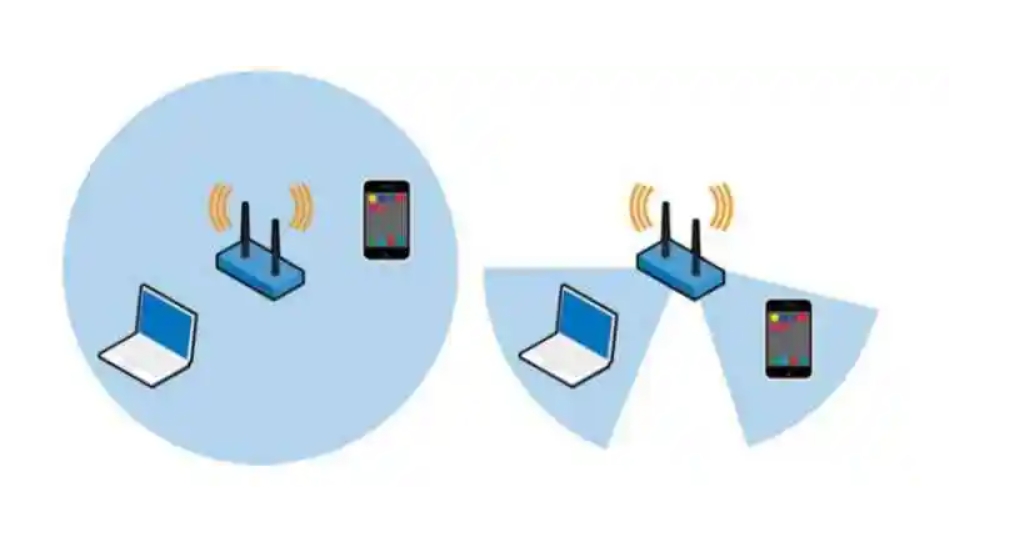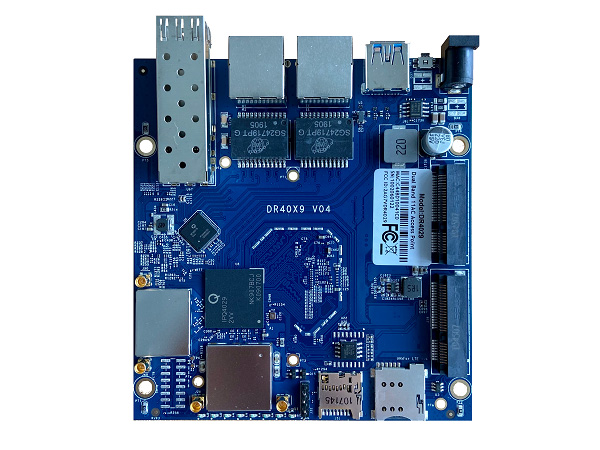802.11ac-802.11n-IPQ4019 and IPQ4018: Give your network devices a powerful boost
Compared with WiFi4, WiFi5 has the following advantages:
Higher speed: WiFi5 supports higher bandwidth and can provide faster data transmission speed in the 5GHz band, up to 1.3Gbps, which is several times faster than WiFi4.
Better performance: WiFi5 introduces some new technologies, such as MU-MIMO, which can communicate with multiple devices at the same time, improving the efficiency and capacity of the network. This means that WiFi5 can handle more data traffic at the same time, providing better performance.
Wider coverage: WiFi5 uses higher frequency bands to provide wider coverage. This means that WiFi5 can provide better signal quality and faster speeds even at longer distances.
Better security: WiFi5 supports stronger encryption algorithms to provide better security. This means that users can use WiFi networks more securely, without having to worry about data breaches or cyber attacks.
In general, WiFi5 is a more advanced wireless network technology with higher speed, better performance, wider coverage and better security than WiFi4.

IPQ4019 and IPQ4018 are two network processor chips from Qualcomm that are used to build wireless routers and networking devices. The main differences between them are as follows:
Performance: IPQ4019 has higher performance than IPQ4018. The IPQ4019 uses a quad-core ARM Cortex-A7 processor with a speed of up to 717MHz, while the IPQ4018 uses a dual-core ARM Cortex-A7 processor with a speed of 400MHz. As a result, the IPQ4019 is faster and more powerful when processing data and performing tasks.
Network speed: IPQ4019 supports higher network speed. It is equipped with Qualcomm's wireless networking technology and supports the 802.11ac Wave 2 standard, which can provide faster wireless transmission speeds and better network performance. The IPQ4018 supports lower speeds and is often used in low-power and low-cost application scenarios.
Network interface: IPQ4019 and IPQ4018 are also different in terms of network interface. The IPQ4019 supports more Ethernet ports, typically including multiple Gigabit Ethernet ports and one or more 10/100 Ethernet ports. The IPQ4018 typically supports only one Gigabit Ethernet port.
Function extension: IPQ4019 has more function extension options than IPQ4018. It supports more peripheral interfaces, such as USB interfaces and PCIe interfaces, which can easily connect external devices, such as storage devices and printers.
It is important to note that the specific configuration and features of IPQ4019 and IPQ4018 may vary by product and manufacturer. Therefore, when choosing a wireless router or network device, it is best to look at the specific product specifications and feature list to understand their detailed differences.








